Wooden skewer test clarification, please
Atheen - 7a - in Maryland, USA
8 years ago
Featured Answer
Sort by:Oldest
Comments (34)
tapla (mid-Michigan, USDA z5b-6a)
8 years agoRelated Discussions
Surprise Soil Test Results
Comments (41)Your soil should have a humus level of between 6 and 8 percent, many times soil test labs seem to think anythning over 5 percent is too much. Here ae some simple soil tests you can do that can help. 1) Structure. From that soil sample put enough of the rest to make a 4 inch level in a clear 1 quart jar, with a tight fitting lid. Fill that jar with water and replace the lid, tightly. Shake the jar vigorously and then let it stand for 24 hours. Your soil will settle out according to soil particle size and weight. A good loam will have about 1-3/4 inch (about 45%) of sand on the bottom. about 1 inch (about 25%) of silt next, about 1 inch (25%) of clay above that, and about 1/4 inch (about 5%) of organic matter on the top. 2) Drainage. Dig a hole 1 foot square and 1 foot deep and fill that with water. After that water drains away refill the hole with more water and time how long it takes that to drain away. Anything less than 2 hours and your soil drains� too quickly and needs more organic matter to slow that drainage down. Anything over 6 hours and the soil drains too slowly and needs lots of organic matter to speed it up. 3) Tilth. Take a handful of your slightly damp soil and squeeze it tightly. When the pressure is released the soil should hold together in that clump, but when poked with a finger that clump should fall apart. 4) Smell. What does your soil smell like? A pleasant, rich earthy odor? Putrid, offensive, repugnant odor? The more organic matter in your soil the more active the soil bacteria will be and the nicer your soil will smell. 5) Life. How many earthworms per shovel full were there? 5 or more indicates a pretty healthy soil. Fewer than 5, according to the Natural Resources Conservation Service, indicates a soil that is not healthy. Since "topsoil" is the top 4 to 6 inches of soil it can be anything, so before purchasing any take a good look at what you are getting. We have a company here that is dredging the eons accumulaion of organic matter from the bottom of one of our lakes, mix that with sand and some lime (they send samples in for pH testing and then tell you that soil is state tested) and then sell that to landscape supply companies that sell it as "topsoil"....See MoreRevised & Ready for further input
Comments (4)I don't think of it as quite complete yet I have not addressed the bugs we encounter. So anyone else that wants to see something not present in it please let me know. The final version I will post as FAQ in the sugject heading....See Morefaq 2.0
Comments (20)Maybe we can repost this with a note NOT to reply that way it stays at the top? Is there a way we can sticky this?...See MorePlease Add MORE 'My Favorite Gardening Tips'
Comments (91)Outsmarting the tree rats (squirrels) around my house is a full time job. This past spring I hit on a new idea. When I plant a container I invert an empty wire hanging basket over the container and the plant gets sun and can be watered but the squirrels can't dig in it. Another idea: I bring in a lot of plants to "over winter" under lights in my garage. I have so many that it is hard to reach my hand under the lights (4 shop lights) to the middle for watering. So I bought a pump sprayer with a long wand and it works great! In late winter I add a little liquid Dawn detergent, few drops, to each gallon of water and not only does the soil get wet easier but the worms that are waiting to hatch into distructive pets just don't hatch. Don't know what it costs me to run those four shop lights all winter but I don't care. It is a small price to pay to be able to "garden" every weekend in the garage. Many people have mentioned that they mark their outdoor plants with a "permanent Sharpie". In my experience there isn't a "permanent Sharpie", they all fade and quickly too. A grease pencil/china marker or expensive "no fade" garden center marker are the only markers I have found that won't disappoint you by fading. Eight years ago I decided to learn about gardening so I tapped into my local library. I checked out nearly every book they had on gardening and learned so much. The Gardenweb forums are also a wealth of information and entertainment. There is always something new to learn and I appreciate all of you who take the time to write in your ideas. One last idea from me...I keep a small notebook on my computer table and jot down any idea I find that's new and I will want to try. Little pieces of paper get lost but I always know where my notebook is and also use it when I order "on line" so I will remember the name of the company and the order date. Tina or Trowelgal...See Morejodik_gw
8 years agoAtheen - 7a - in Maryland, USA
8 years agolast modified: 8 years agomyermike_1micha
8 years agoAtheen - 7a - in Maryland, USA
8 years agolast modified: 8 years agotapla (mid-Michigan, USDA z5b-6a)
8 years agoAtheen - 7a - in Maryland, USA thanked tapla (mid-Michigan, USDA z5b-6a)Atheen - 7a - in Maryland, USA
8 years agotapla (mid-Michigan, USDA z5b-6a)
8 years agoAtheen - 7a - in Maryland, USA thanked tapla (mid-Michigan, USDA z5b-6a)Atheen - 7a - in Maryland, USA
8 years agotapla (mid-Michigan, USDA z5b-6a)
8 years agoAtheen - 7a - in Maryland, USA thanked tapla (mid-Michigan, USDA z5b-6a)Atheen - 7a - in Maryland, USA
8 years agotapla (mid-Michigan, USDA z5b-6a)
8 years agoAtheen - 7a - in Maryland, USA
8 years agolast modified: 8 years agoAtheen - 7a - in Maryland, USA
8 years agomyermike_1micha
8 years agolast modified: 8 years agoAtheen - 7a - in Maryland, USA thanked myermike_1michaAtheen - 7a - in Maryland, USA
8 years agotapla (mid-Michigan, USDA z5b-6a)
8 years agolast modified: 8 years agoAtheen - 7a - in Maryland, USA thanked tapla (mid-Michigan, USDA z5b-6a)Atheen - 7a - in Maryland, USA
8 years agolast modified: 8 years agotapla (mid-Michigan, USDA z5b-6a)
8 years agolast modified: 8 years agoAtheen - 7a - in Maryland, USA thanked tapla (mid-Michigan, USDA z5b-6a)Atheen - 7a - in Maryland, USA
8 years agotapla (mid-Michigan, USDA z5b-6a)
8 years agoAtheen - 7a - in Maryland, USA thanked tapla (mid-Michigan, USDA z5b-6a)myermike_1micha
8 years agolast modified: 8 years agoAtheen - 7a - in Maryland, USA
8 years agomyermike_1micha
8 years agolast modified: 8 years agoAtheen - 7a - in Maryland, USA thanked myermike_1michaAtheen - 7a - in Maryland, USA
8 years agoAtheen - 7a - in Maryland, USA
8 years ago
Related Stories

GREAT HOME PROJECTSUpgrade Your Windows for Beauty, Comfort and Big Energy Savings
Bid drafts or stuffiness farewell and say hello to lower utility bills with new, energy-efficient windows
Full Story
CONTAINER GARDENSContainer Garden Basics: How and When to Water Potted Plants
Confused about soil moisture, the best time to water and what watering device to use? This guide can help
Full Story
MOST POPULARWhat to Do After a Hurricane or Flood
How you treat your home after a natural disaster can make all the difference in its future livability — and your own personal safety
Full Story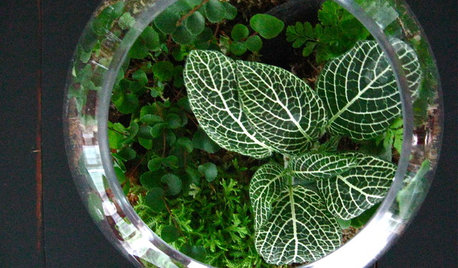
HOUSEPLANTSGardens Under Glass: How to Make Your Own Terrarium
Be the master of a mini ecosystem indoors — the low-maintenance, highly rewarding kind that fits any room
Full Story
MOST POPULAR6 Kitchen Flooring Materials to Boost Your Cooking Comfort
Give your joints a break while you're standing at the stove, with these resilient and beautiful materials for kitchen floors
Full Story
MODERN HOMESHouzz Tour: 800-Year-Old Walls, Modern Interiors in Provence
Old architecture and new additions mix beautifully in a luxurious renovated vacation home
Full Story
DOORS5 Questions to Ask Before Installing a Barn Door
Find out whether that barn door you love is the right solution for your space
Full Story
BATHROOM DESIGN10 Bathroom Standouts From Italy's Big Expo
Sleek finishes, high-tech fixtures and more. Discover some of CERSAIE 2013's best and brightest bathroom offerings
Full Story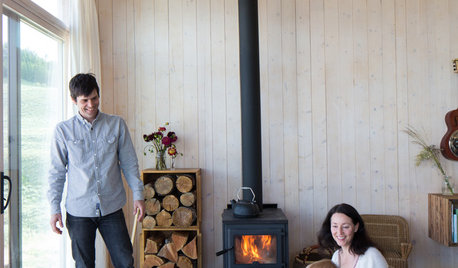
HOUZZ TOURSHouzz Tour: Family Builds Off the Grid Near the Cascade Mountains
Homeowners carefully construct a weekend home on 20 acres in remote northeast Washington
Full Story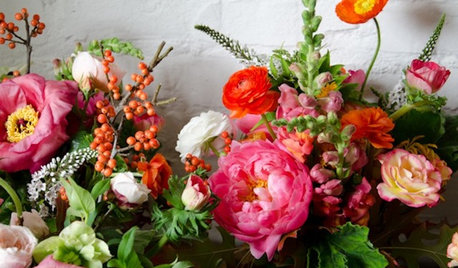
DECORATING GUIDESHow to Make Beautifully Untamed Floral Arrangements
See how you can create your own floral feast for the holidays or any day
Full Story


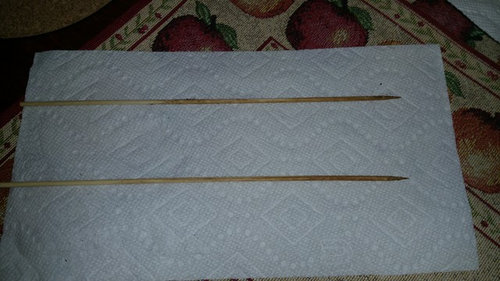

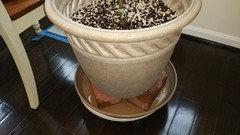


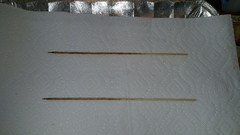
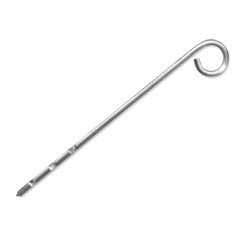



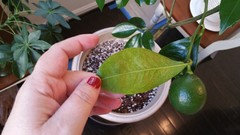



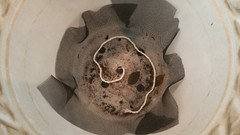
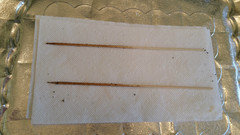

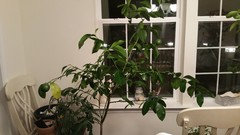
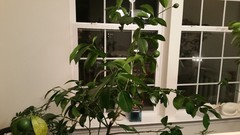


myermike_1micha